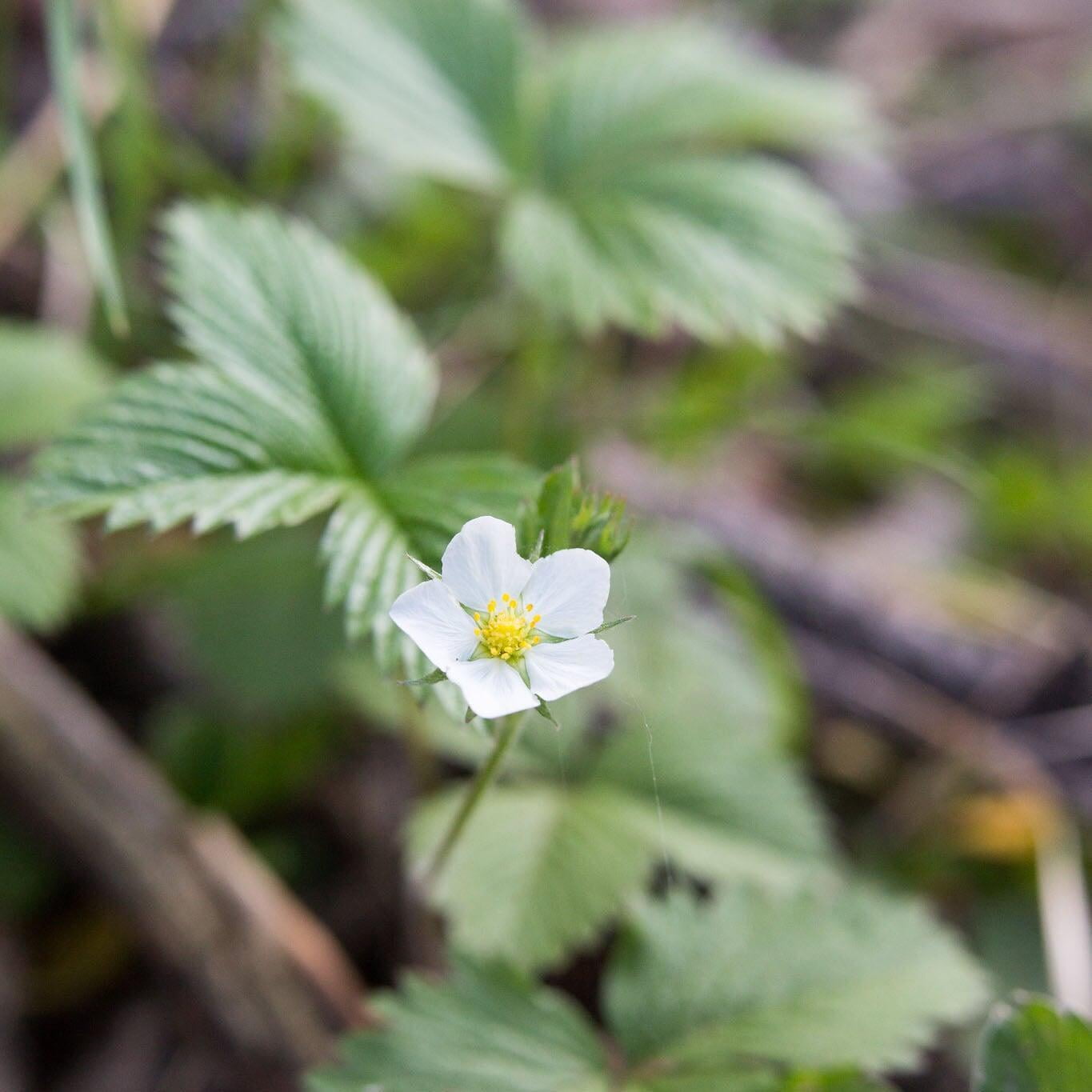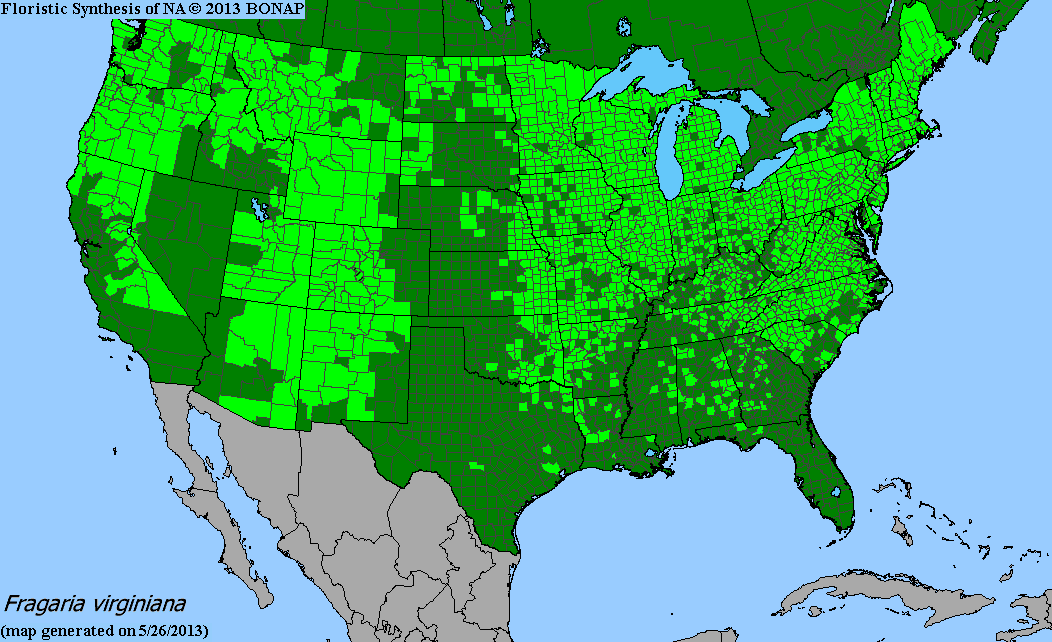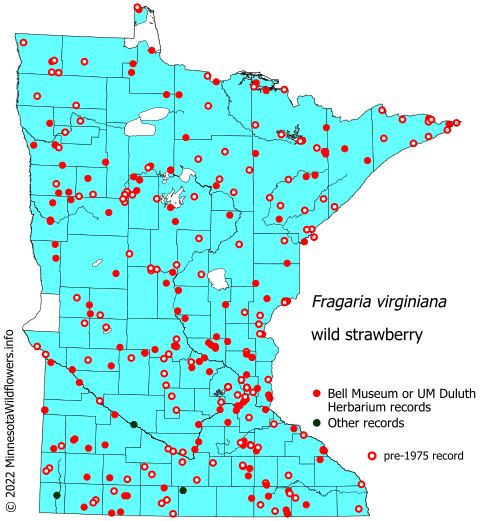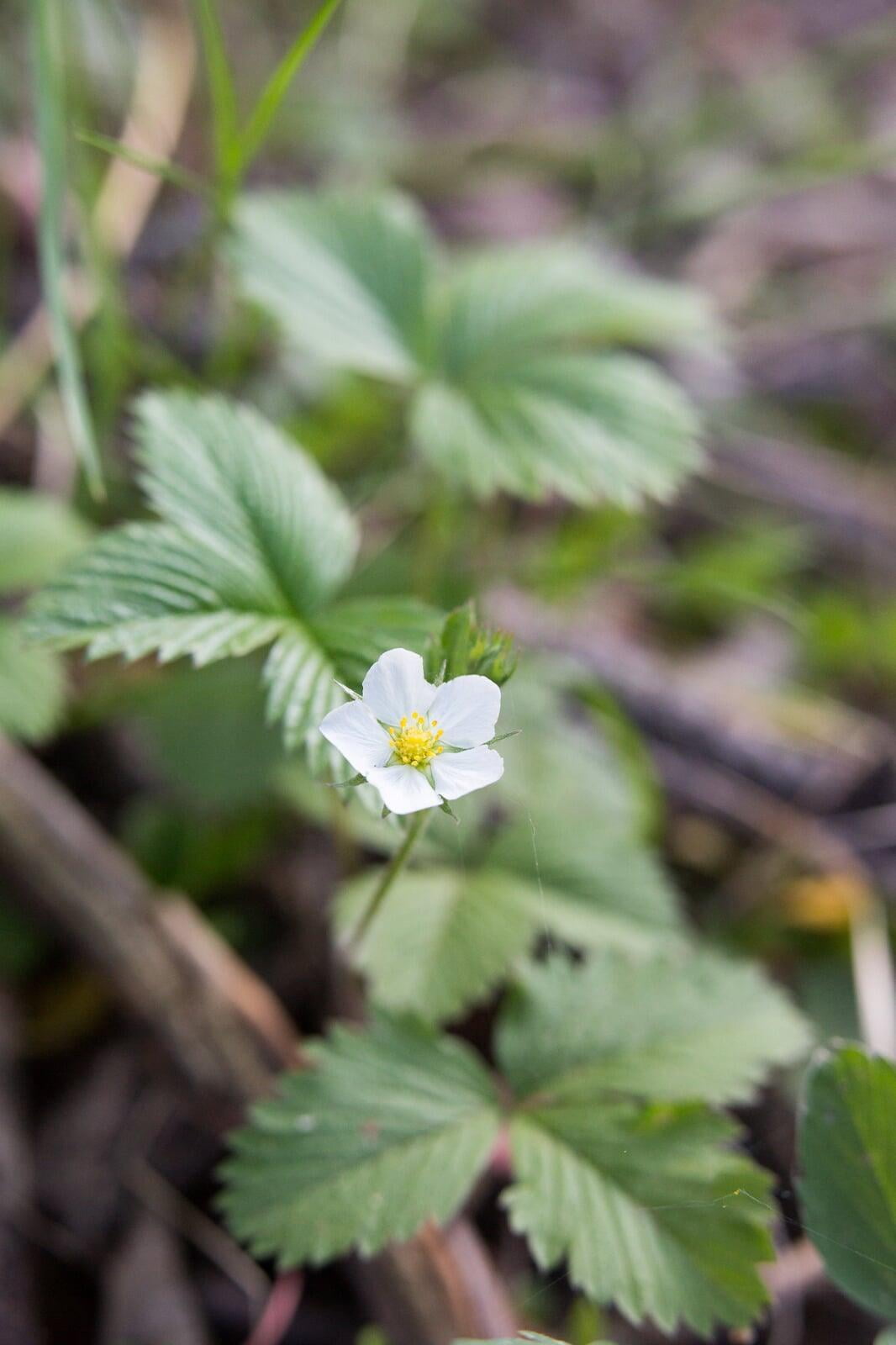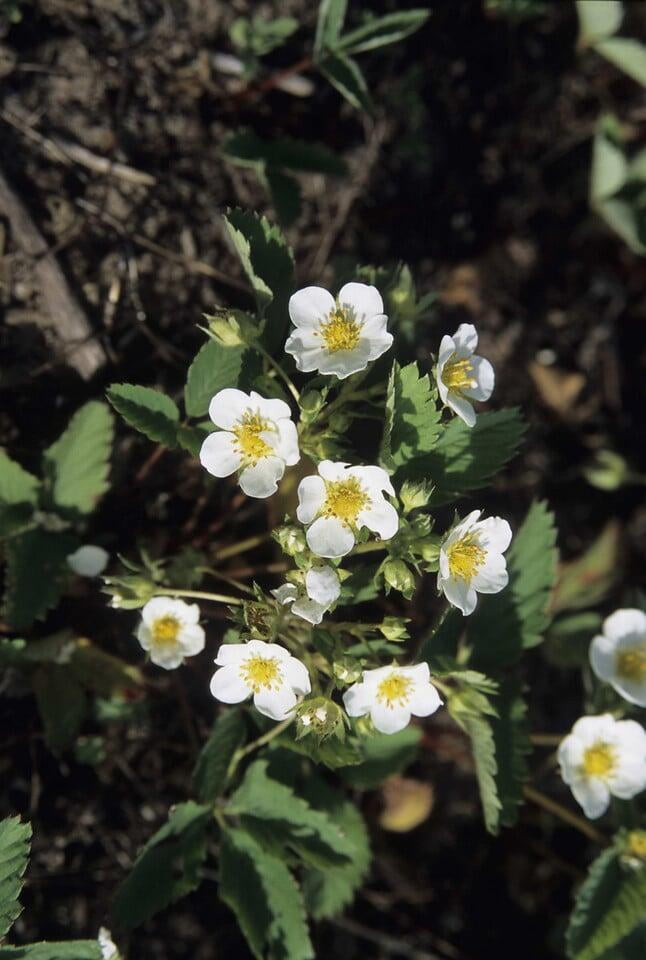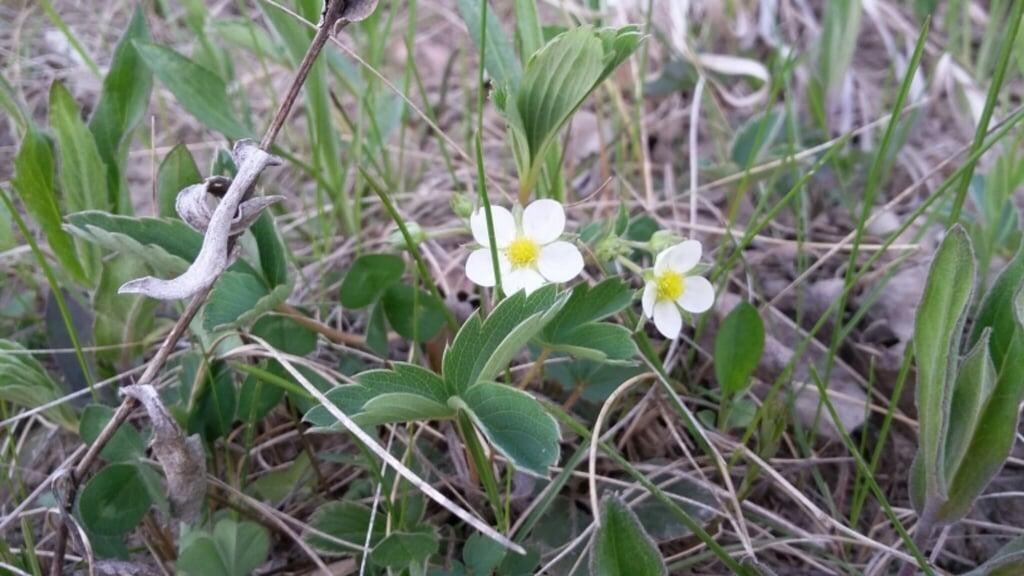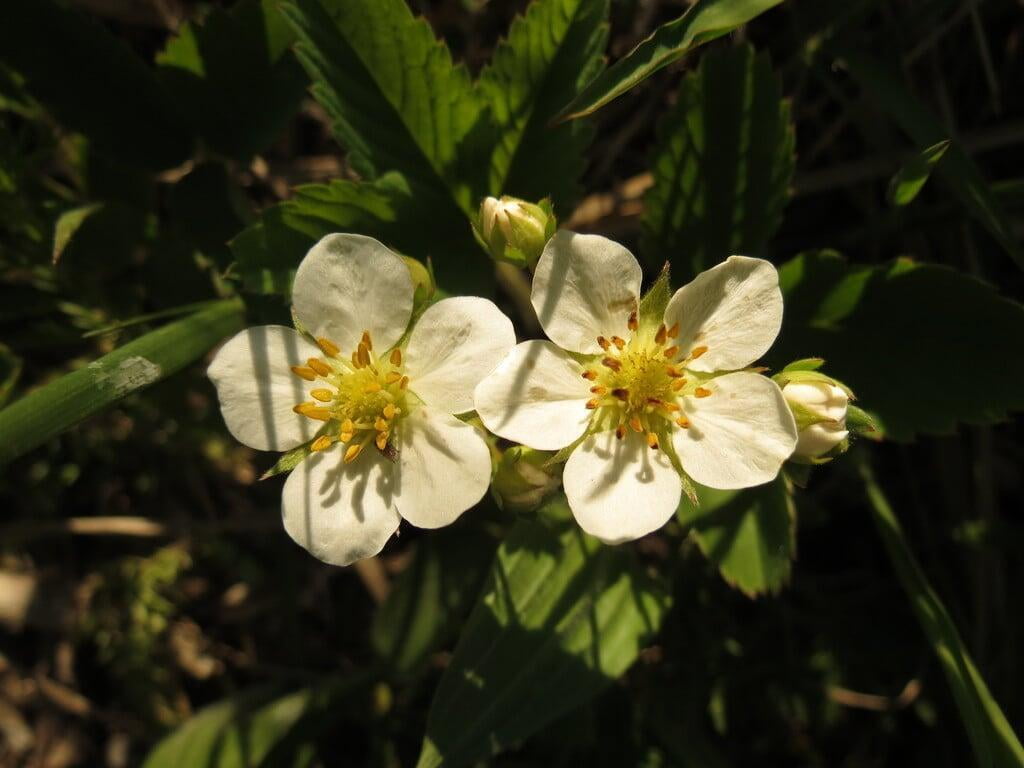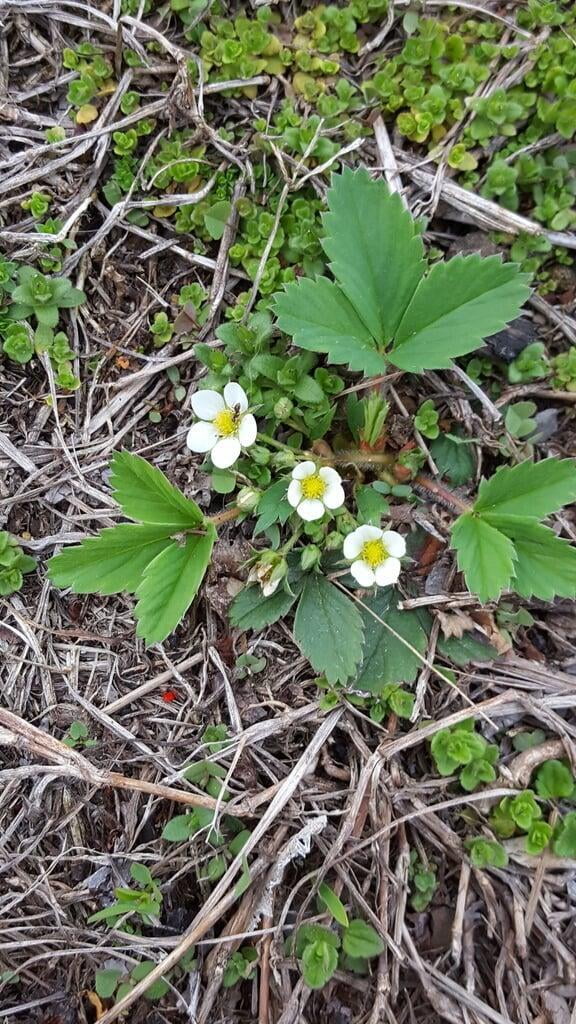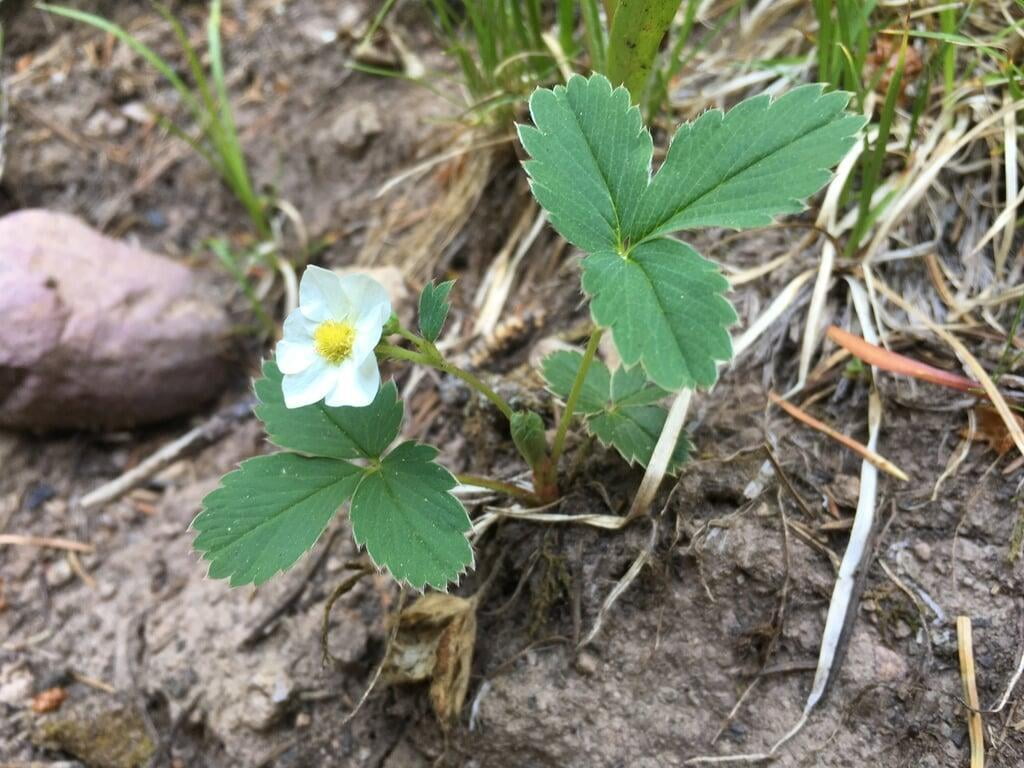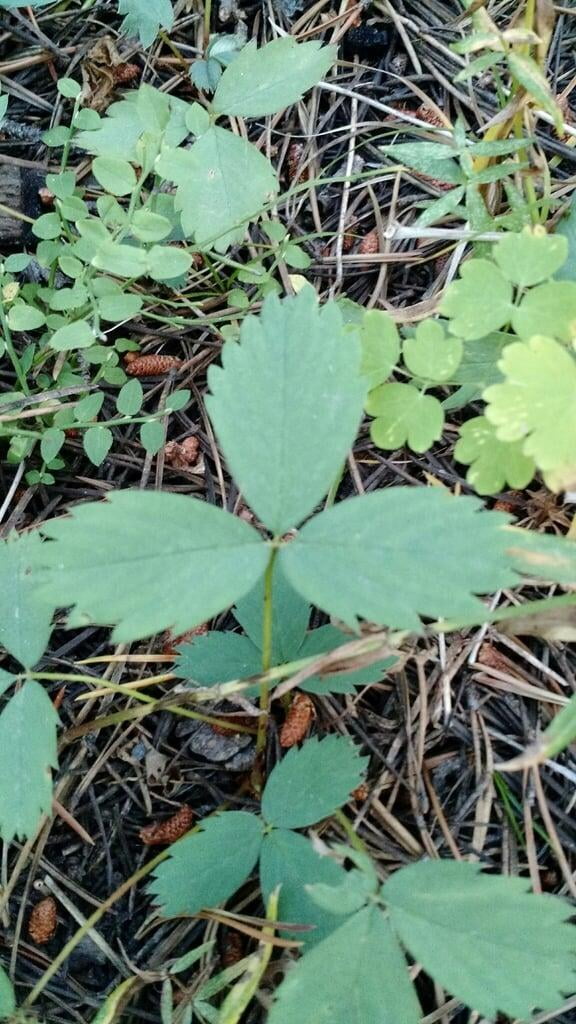Fragaria virginiana
Wild strawberry Description:
Fragaria virginiana, commonly known as wild strawberry, is a low-growing, herbaceous perennial plant that belongs to the Rosaceae family. It is native to much of North America and is commonly found in meadows, open woods, and along roadsides.
The plant has trifoliate leaves that are green and toothed, and grow from runners that root at the nodes. Fragaria virginiana produces small white flowers in the spring and early summer, followed by red, sweet, and juicy fruit that is edible and highly valued for its flavor.
Wild strawberry is a groundcover plant that spreads by sending out runners, making it an excellent plant for erosion control and as a cover crop. It also provides an important source of food and habitat for a variety of wildlife, including birds and small mammals.
In addition to its ecological benefits, Fragaria virginiana has a variety of traditional medicinal uses. It has been used by Indigenous peoples for its astringent and antidiarrheal properties, and in modern times it has been studied for its potential as an antioxidant and for its ability to reduce inflammation.
Wild strawberry is also a popular ornamental plant in gardens, valued for its attractive foliage, delicate flowers, and small, flavorful fruit. It can be used as a groundcover, in rock gardens, or as an edging plant.
Native Range:
Wild strawberry is native to the entire continental United States, and is commonly found across all of Minnesota.
Standard Plant Information:
Plant Height: 4" - 8" inches
Bloom Time: April - June
Preferred Habitat: Does well in part shade to full sun. Often found in dry open fields, woodland edges, railroads, and roadsides.
Sowing:
For most homeowners, the best option is to scatter seed on the ground by hand broadcasting at a minimum of 16-64 pls ounces per acre. For even coverage, we recommend that you broadcast seed in perpendicular rows across the site to ensure even coverage.
You’ll want to broadcast any grass seed first, which will get raked into the soil lightly. Next, it is ideal to mulch the area lightly with either a clean (no seed) straw or preferably with our native Little Bluestem straw, sold at our retail garden centers. After a light mulching is complete, now it’s time to broadcast your native wildflower seeds, which should not be raked into the soil. A good rain or watering is sufficient to cover the seed.
Planting:
Simply dig a hole in the soil slightly larger than the plant’s roots. Ensure that the soil line of the plant is maintained during the transfer (i.e. the plant should be at the same level with the ground as it was in the pot). Pack any loose dirt back around the plant and make sure you water it well the same day to ensure it has the best chance of survival.

